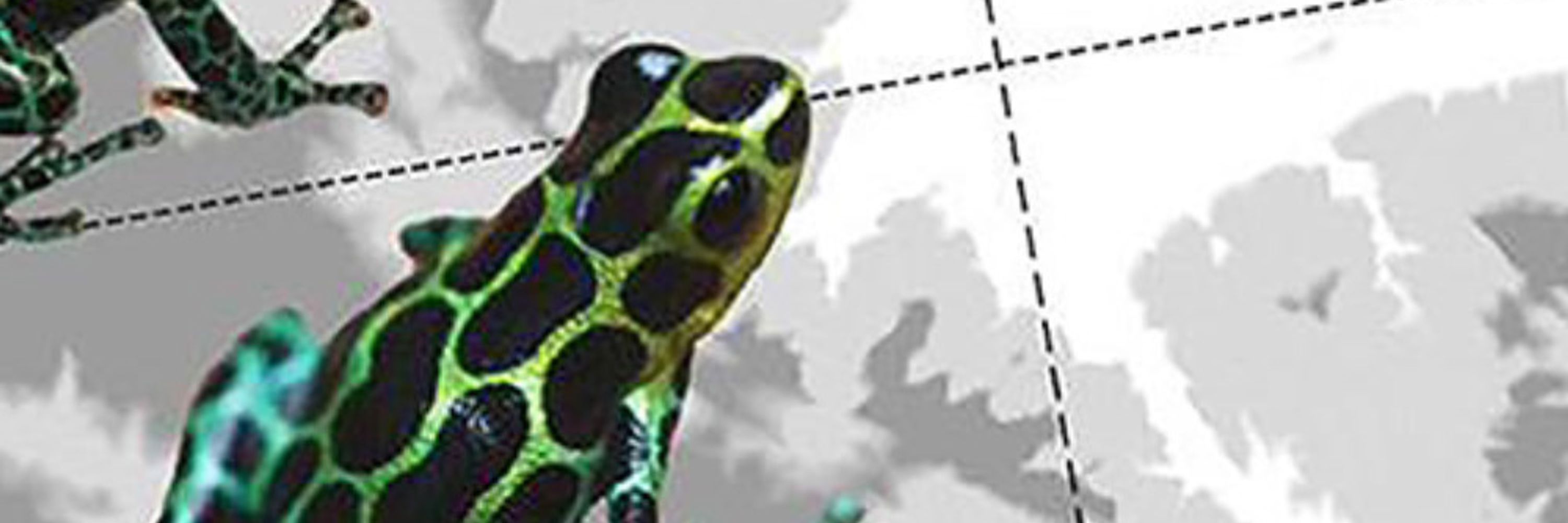jim mallet
@wtf-r-species.bsky.social
1.3K followers
170 following
230 posts
natural historian, PhD Texas, native Londoner. https://www.ucl.ac.uk/taxome/jim (Profile pic from Mauro Cutrona https://facebook.com/profile.php?id=100006219407348)
Posts
Media
Videos
Starter Packs
Reposted by jim mallet
Reposted by jim mallet
Reposted by jim mallet
jim mallet
@wtf-r-species.bsky.social
· Sep 4
jim mallet
@wtf-r-species.bsky.social
· Aug 27

(PDF) A Species Definition for the Modern Synthesis
PDF | One hundred and thirty-six years since On the Origin of Species 3., biologists might be expected to have an accepted theory of speciation.... | Find, read and cite all the research you need on R...
www.researchgate.net
jim mallet
@wtf-r-species.bsky.social
· Aug 21










